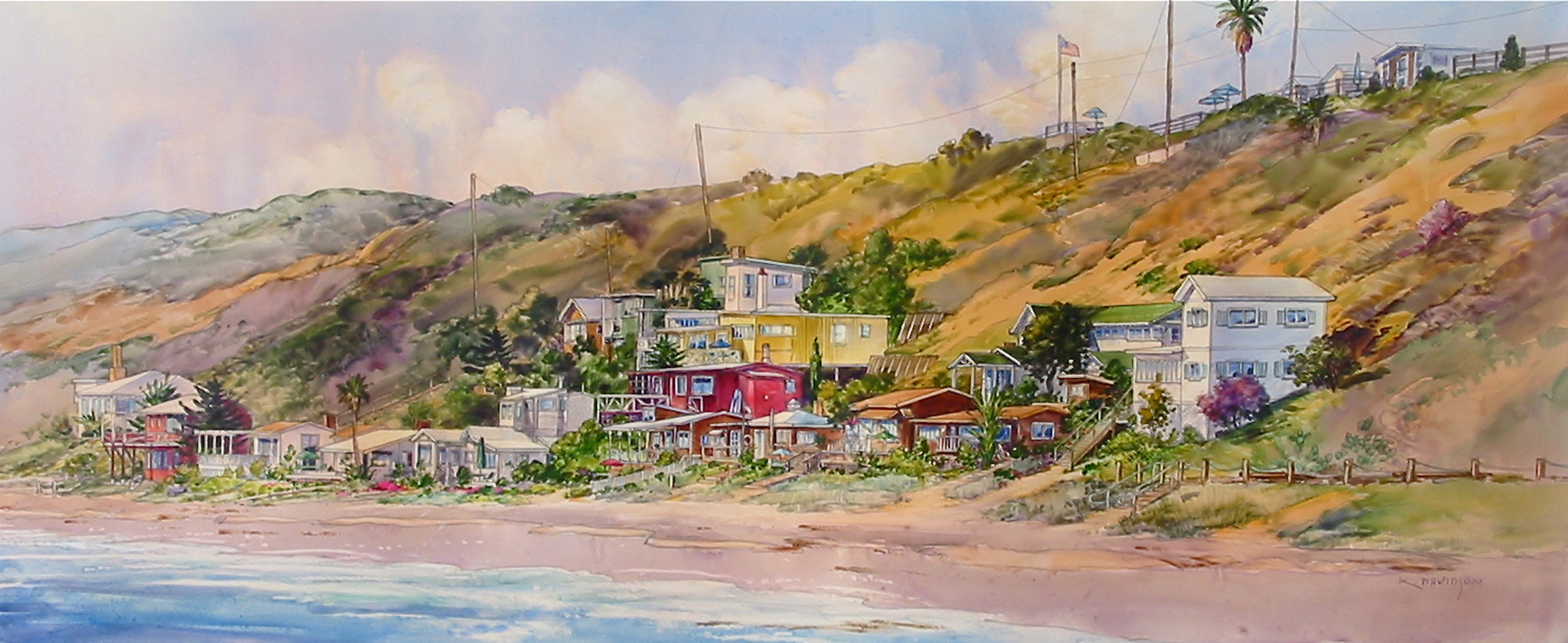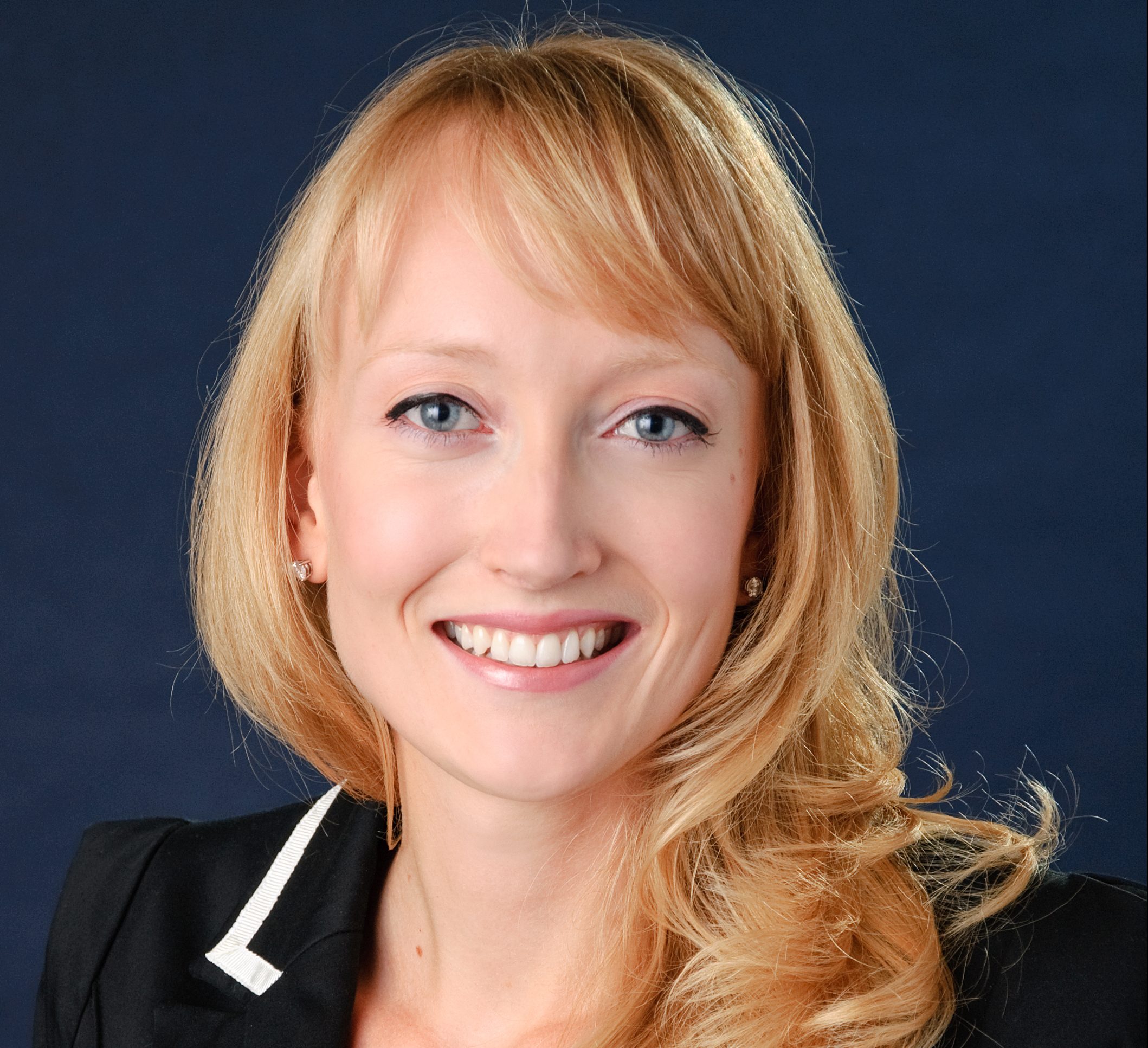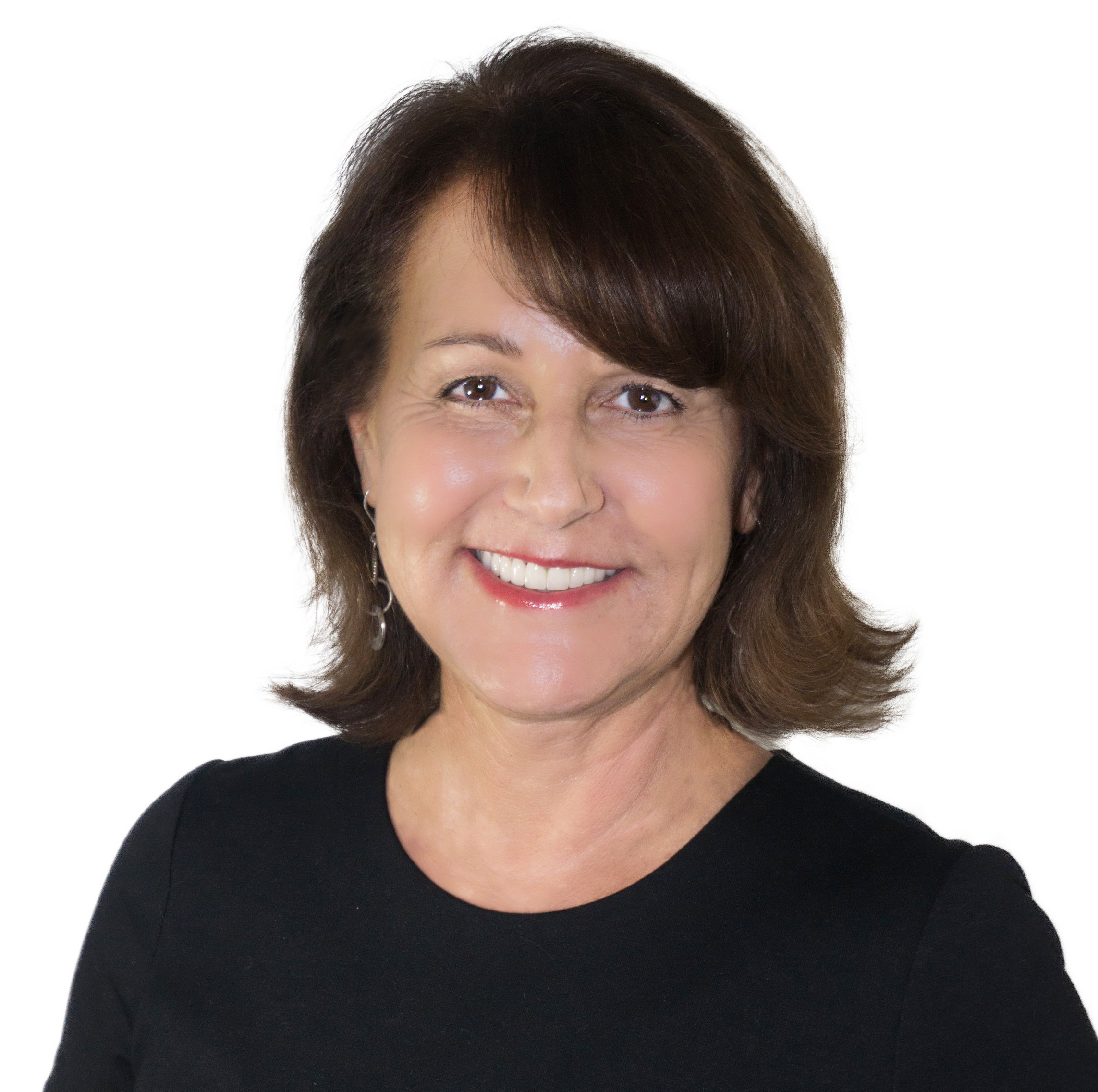Designing communities that bring nature and cities together, Sean O’Malley, managing principal of SWA, aims to make the world a better place one ecological development at a time. He describes himself as an optimist and it’s evident in his work “blurring the distinction between landscape and architecture.” Just last month, SWA’s Los Angeles and Laguna Beach studios won eight awards from the Southern California Chapter of the American Society of Landscape Architects for its creative efforts to improve the health and enhance the lifestyles of people worldwide.
Q: How did you decide to become a landscape architect?
A: Growing up in San Bernardino I was inspired by the amazing beauty of both mountains and desert that surrounded where I lived. It gave me such an appreciation for the natural environment. Coupled with my love for drawing, the two put together directed me towards landscape architecture.
Q: What inspired you to urban design?
A: It was my dad who planted the seed of urban development for me. He was an engineer for the air quality management district in Southern California. I wrote a paper on air pollution in high school and asked my dad about air pollution. He said it was because of the cars. We should drive less and create walk-able cities. So I thought if we designed cities more efficiently we could save energy and clear the skies. This led me down the path on how to design cities and make them more livable.
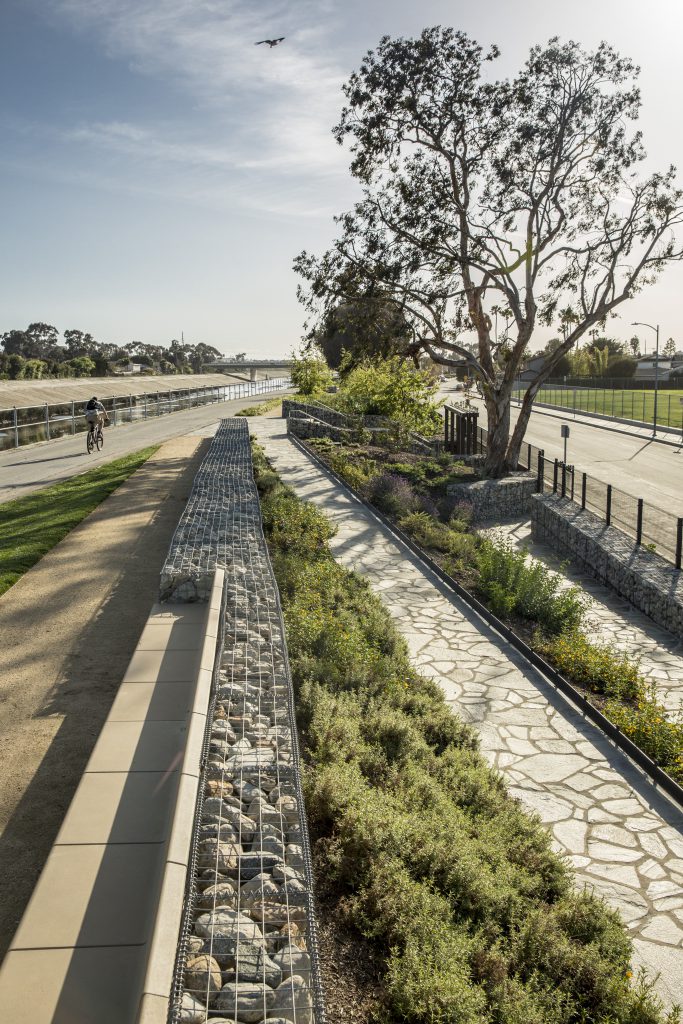
Q: What are your ideas to making cities more livable?
A: I focus more on the common threads of the cities that tie us together such as streets and plazas instead of focusing so much on buildings. Buildings of course are important, but they come and go with the marketplace, of course with the exception of historical ones. We certainly want to keep the Empire State Building. But once it’s decided where a street goes and where to place a park or plaza, these become sacred places we hold dearly as a community. You can drive down streets that were there 200 years ago. But the buildings have definitely changed since then.
Q: What about the surrounding ecological environment? How does that work into your designs?
A: It’s about focusing on that which ties us together and it became my focal point. Mid-career in the ‘90s I went to study urban design at Harvard University Graduate School of Design. I was the only landscape architect out of 30 students. I recognized the need to restore the Hudson River in New York. I proposed a series of wetland streets by catching the waters and diverting it into neighborhoods that front the river thereby restoring the Hudson and the fisheries. The industry was in decline due to oxygen deprived waters. Wetlands bring oxygen to water. I knew my proposal could restore the environment and build the city at the same time.
Q: Have you been able to integrate ecological importance in other projects?
A: Yes. SWA recently won the Barcelona Biennial award for a flood adaptive landscape in Yanweizhou Park in Jinhua City in China. Two rivers merge in the city where we reshaped the river forest island in the middle to accept the seasonal flooding, creating high points for museums and park facilities. The edges of the island were replanted as a series of tear-drop shaped wetland terraces to prevent erosion. We also planted 20,000 full-grown native redwoods as the backbone of the island and included a 12 kilometer bamboo boardwalk. The whole park integrated the community and created habitat for local birds and fish. Due to its success, the government now uses it as a model for new park designs within river systems.
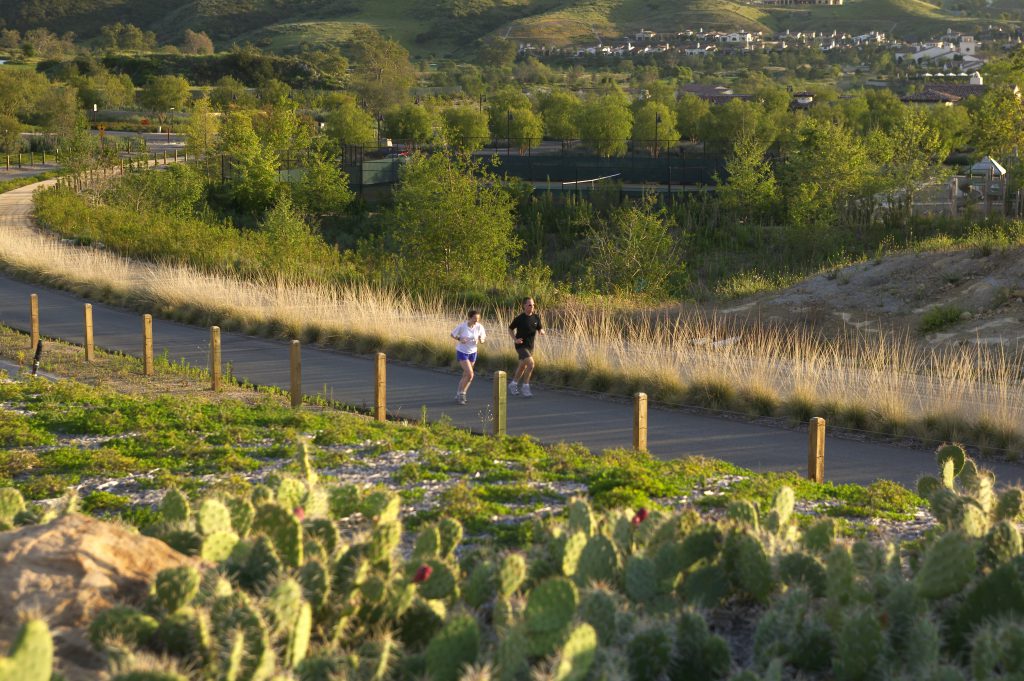
Q: How can we rebuild our own cities in Orange County?
A: Do it one city at a time. We have some very unique ecological structures to build from. There are chaparral in the local coastal hills, beautiful creeks and drainage ways. Most importantly we have a suburban fabric that includes open land perfect for an urban infill of walkways and trails. Retail strip-malls are becoming obsolete due to consumer purchases through the internet leaving space that can be restructured. These are just some of the opportunities we can use within our existing suburbs to make them more village-like with a town-center while highlighting nature.
Q: What have you done locally?
A: We have done projects that use California native plants on a big scale such as with Shady Canyon. It was our idea to have a native focus and we replanted over a 1,000 acres. It was the first time it had been done for a high-end community and it has been a great success. Right now we are working with the city of Mission Viejo and most importantly their community in reshaping their city. There are thoughts to build a downtown system facing the creek and use the trails to connect parks and neighborhoods, making it a truly walk-able village. The goal is more efficient use of the land already built on, and at the same time highlight nature within the city.
CONTACT INFO:
Sean O’Malley
SWA, 570 Glenneyre Street
Laguna Beach, California 92651
949-497-5471 x 3256
somalley@swagroup.com
www.swagroup.com

